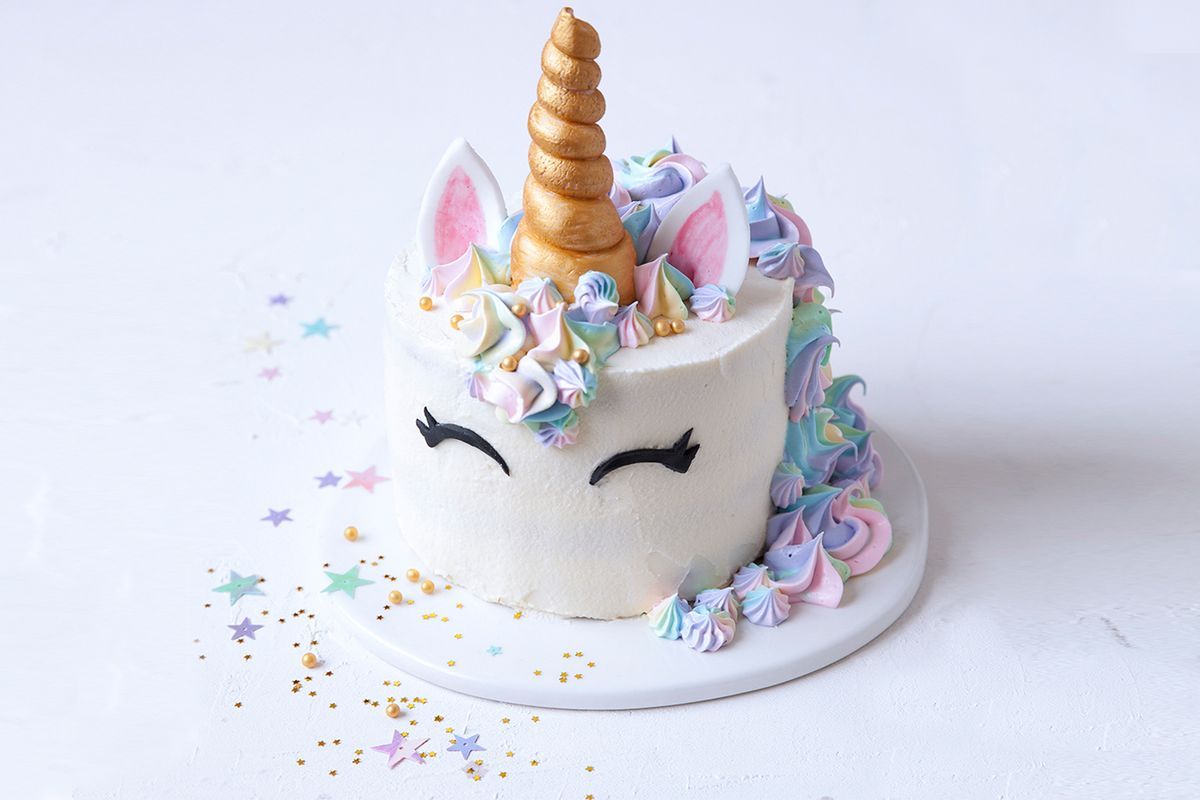Princess Cake, with its delicate layers of sponge cake, luscious custard filling, and elegant marzipan covering, is a timeless delicacy beloved by pastry enthusiasts around the world. In this article, we will embark on a culinary journey to explore the rich history, intricate preparation process, and cultural significance of Princess Cake. From its mythical origins to modern variations, we’ll uncover the secrets behind this regal dessert and provide tips for mastering the art of creating your own Princess Cake masterpiece.
The Origin and Legend of Princess Cake
Legend has it that Princess Cake, also known as Prinsesstårta in its native Sweden, was created in the late 19th century by Jenny Åkerström, a prominent Swedish home economist. Inspired by the luxurious pastries served at royal banquets, Åkerström sought to create a dessert fit for a princess. The result was a towering confection consisting of layers of sponge cake, raspberry jam, custard, and whipped cream, all encased in a smooth layer of green marzipan. Today, Princess Cake is synonymous with celebrations and special occasions, representing elegance, sophistication, and indulgence.
The Anatomy of Princess Cake: Layers of Decadence
At the heart of Princess Cake lies its exquisite layers, each contributing to its unique texture and flavor profile. The sponge cake, typically made with flour, sugar, eggs, and butter, serves as the foundation, providing a light and airy base for the other components. Next comes the custard or pastry cream filling, a velvety mixture of milk, eggs, sugar, and vanilla, which adds richness and creaminess to the ensemble. Whipped cream, stabilized with a touch of sugar and vanilla, lends a fluffy texture and a hint of sweetness to balance the flavors. Finally, the marzipan covering, tinted a delicate shade of green and smoothed to perfection, adds a touch of whimsy and elegance, transforming the cake into a work of art fit for royalty.
Crafting the Perfect Princess Cake: Tips and Techniques
Creating the perfect Princess Cake requires precision, patience, and attention to detail. To achieve light and fluffy sponge cake layers, it’s essential to properly cream the butter and sugar, incorporate the eggs gradually, and fold in the flour gently to avoid deflating the batter. When preparing the custard filling, be sure to cook it over low heat, stirring constantly, until thickened to prevent curdling. Assembling the cake requires finesse, with each layer carefully placed and evenly spread with filling to ensure a balanced and symmetrical finish. Finally, the marzipan covering should be rolled out to a uniform thickness, draped over the cake with care, and smoothed to perfection, with any seams or imperfections gently smoothed away with a fondant smoother or your hands.
Variations and Flavor Combinations: Putting a Spin on Tradition
While the classic Princess Cake is a masterpiece in its own right, there are endless opportunities for creative interpretation and flavor exploration. For a modern twist, consider incorporating different fruit preserves such as strawberry, apricot, or passionfruit, or adding layers of flavored whipped cream such as chocolate, coffee, or coconut. Chocolate lovers may opt for a decadent chocolate sponge cake paired with layers of chocolate ganache and whipped cream, while citrus enthusiasts may prefer a lemon sponge cake filled with lemon curd and topped with tangy lemon-flavored marzipan. The possibilities are limited only by your imagination, making Princess Cake a versatile canvas for culinary creativity.
Serving and Presentation: Making a Grand Entrance
When it comes to serving Princess Cake, presentation is key. To showcase its beauty and elegance, consider serving individual slices on elegant dessert plates garnished with fresh berries, edible flowers, or a dusting of powdered sugar. For special occasions such as weddings or birthdays, consider decorating the cake with fondant flowers, piped buttercream swirls, or delicate sugar pearls for an extra touch of glamour. Pair Princess Cake with a cup of freshly brewed tea or champagne for a sophisticated and indulgent treat that is sure to impress even the most discerning guests.
Princess Cake Around the World: From Stockholm to Paris
While Princess Cake may have originated in Sweden, its influence can be felt around the globe, inspiring variations and adaptations in countries far and wide. In Britain, the Victoria Sponge Cake, with its layers of sponge cake, jam, and whipped cream, bears a striking resemblance to Princess Cake and is often served at afternoon tea parties and celebrations. In France, the Fraisier Cake, made with layers of sponge cake, fresh strawberries, and pastry cream, captures the essence of summer in a delectable dessert that is as elegant as it is delicious. Whether enjoyed in Stockholm, Paris, or beyond, Princess Cake transcends cultural boundaries, bringing joy and delight to dessert lovers everywhere.
Conclusion: A Royal Treat Fit for Any Occasion
In conclusion, Princess Cake is more than just a dessert – it’s a symbol of elegance, indulgence, and celebration. From its mythical origins to its modern-day interpretations, Princess Cake continues to captivate pastry enthusiasts with its delicate layers, exquisite flavors, and timeless allure. Whether enjoyed on a special occasion or savored as an everyday indulgence, Princess Cake is a royal treat that is sure to delight and impress. So why not embark on your own culinary adventure and create your own Princess Cake masterpiece? With a little creativity and a lot of love, you too can experience the magic of this beloved confection.














